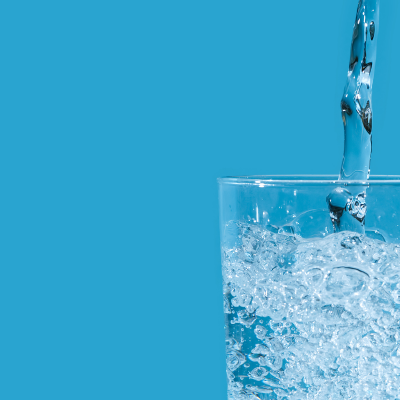 Unlike public drinking water systems, private well owners do not have experts regularly checking their water’s source and its quality before it is sent through pipes for consumption. Therefore, private well owners are solely responsible for monitoring the quality of their drinking water. Regularly scheduled water testing is important to keep your drinking water clean and your well operating at peak performance.
Unlike public drinking water systems, private well owners do not have experts regularly checking their water’s source and its quality before it is sent through pipes for consumption. Therefore, private well owners are solely responsible for monitoring the quality of their drinking water. Regularly scheduled water testing is important to keep your drinking water clean and your well operating at peak performance.
As a private well owner, you can rely on help from ABT Plumbing, Electric, Heat & Air to meet your annual water testing needs.
What Should I Test for?
Because there are so many potential water contaminants, it would be very costly – and in most cases unnecessary – to test for them all. Unless a specific contamination problem is suspected (as in the case of a chemical spill), private well owners can often rely on tests for total coliform bacteria and nitrate as general indicators of the safety of their drinking water.
How Often Should I Test?
UHL recommends that every private well be tested for total coliform bacteria and nitrate at least once each year. However, other tests may be required, depending on where you live and what is located near your drinking water supply.
Are There Any Exceptions?
Testing more than once a year may be warranted in special situations. For example, you may want additional tests if someone in your house is pregnant or nursing, your neighbors find a dangerous contaminant in their water, there are unexplained illnesses in the family, you note a change in water taste, color or clarity, there is a spill of chemicals or fuels into or near your well, or you replace or repair any part of the well system.
Does the Season Matter?
In addition, some contaminants may be present during only part of the year. To assess the safety of your drinking water, you must collect the sample when contaminants are most likely to be present.
Total coliform bacteria, nitrate, as well as pesticides are most likely to be found during wet weather, when runoff and excess soil moisture carry contaminants into shallow groundwater sources or through defects in your well. Late spring and early summer are good times to test your water.
The poorest times to test water quality are during dry weather or when the ground is frozen. The lack of moisture moving through the soil profile reduces the likelihood of finding high contaminant levels in wells. “Safe” test results during dry seasonal conditions do not guarantee that contaminants won’t be present during wet weather.
